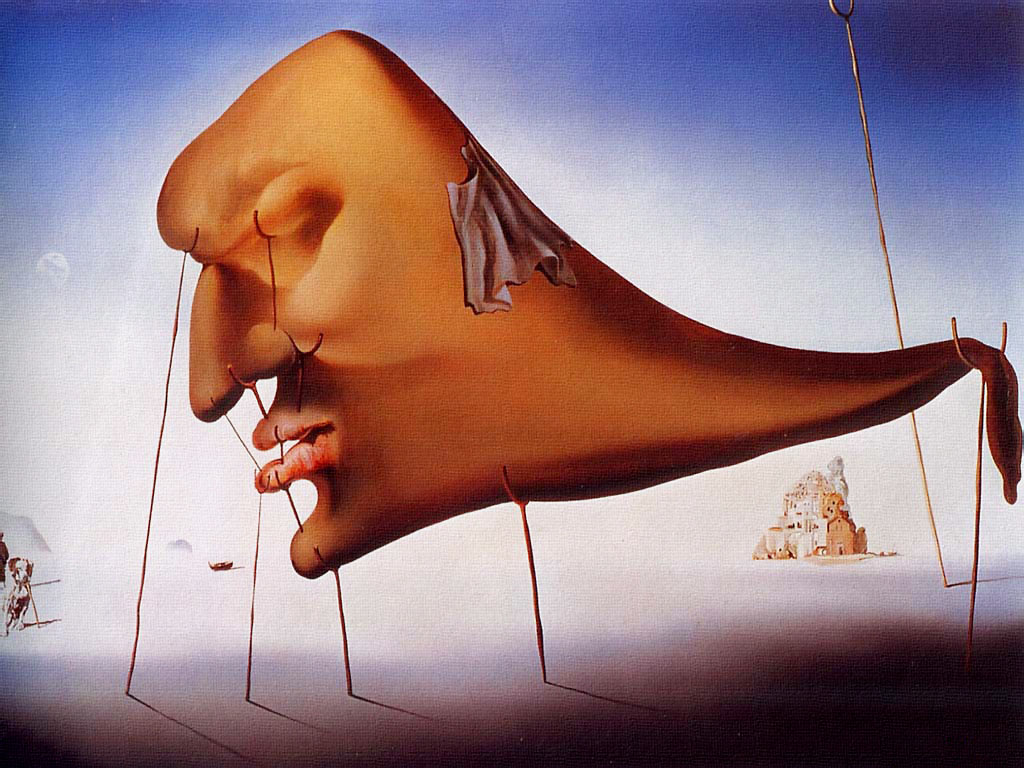Salvador Dalí
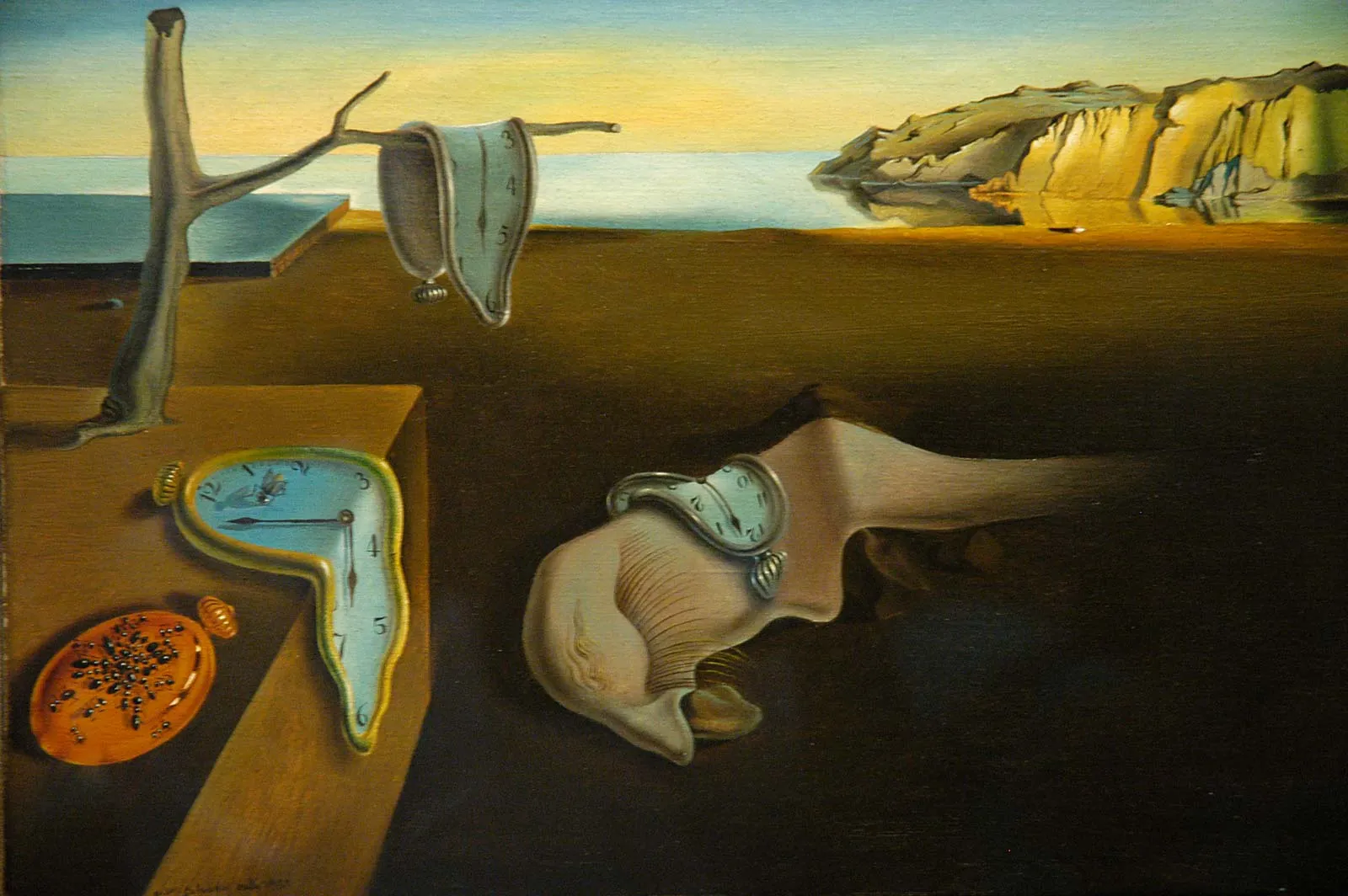
Salvador Dalí didn’t just paint dreams—he lived them. With melting clocks, floating elephants, and landscapes pulled straight from a subconscious storm, Dalí turned art into an invitation to explore the mind’s weirdest corners. Born in 1904 in Spain, Dalí became the boldest voice in Surrealism, a movement that tried to capture the logic of dreams and the irrational beauty of the subconscious.
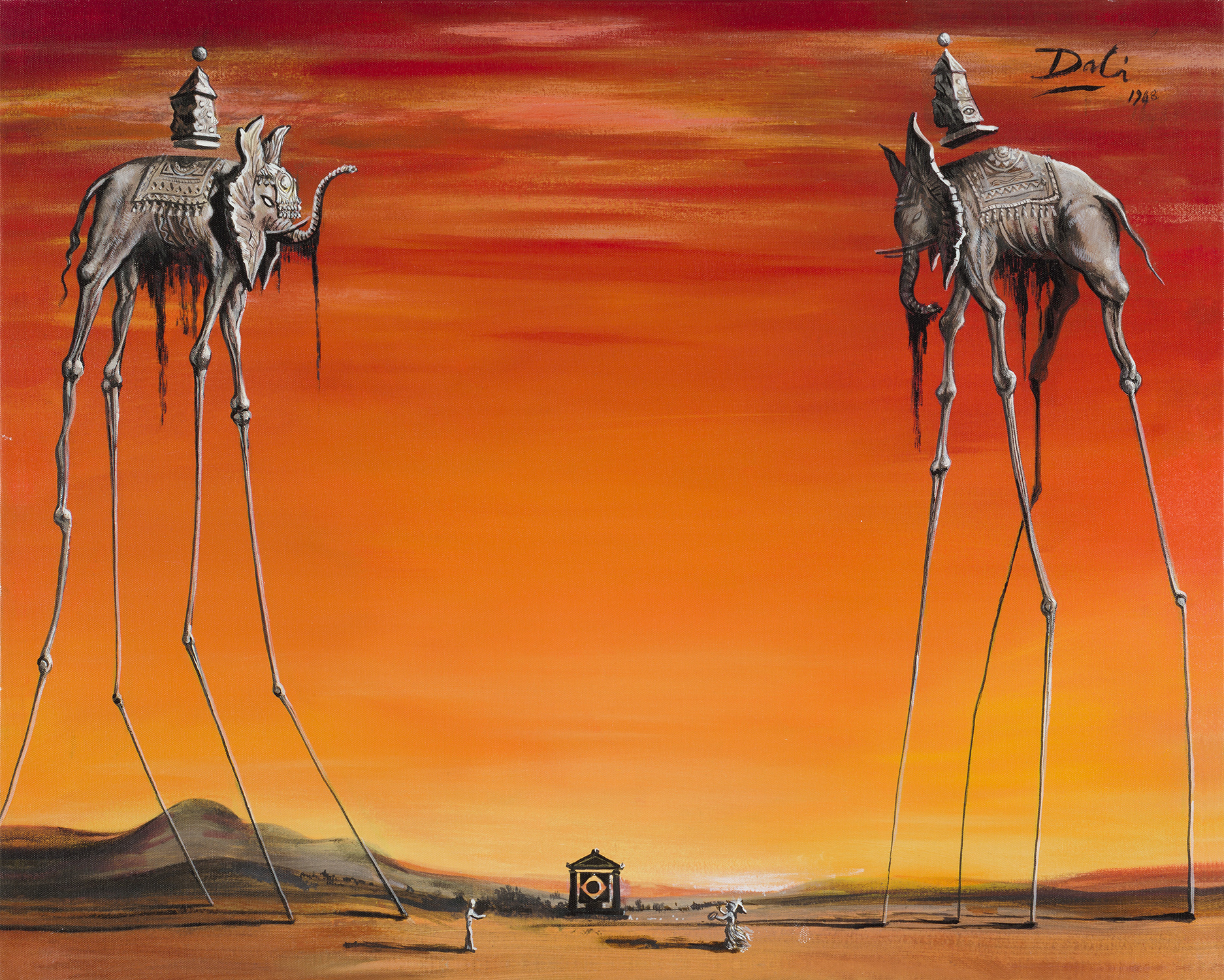
He called his method the "paranoiac-critical method," where he’d tap into dream logic while still totally awake. That’s how we got paintings like The Persistence of Memory, where time melts like cheese and reality bends with emotion. Dalí was more than just strange—he was skilled, combining classical techniques with out-of-this-world imagery.
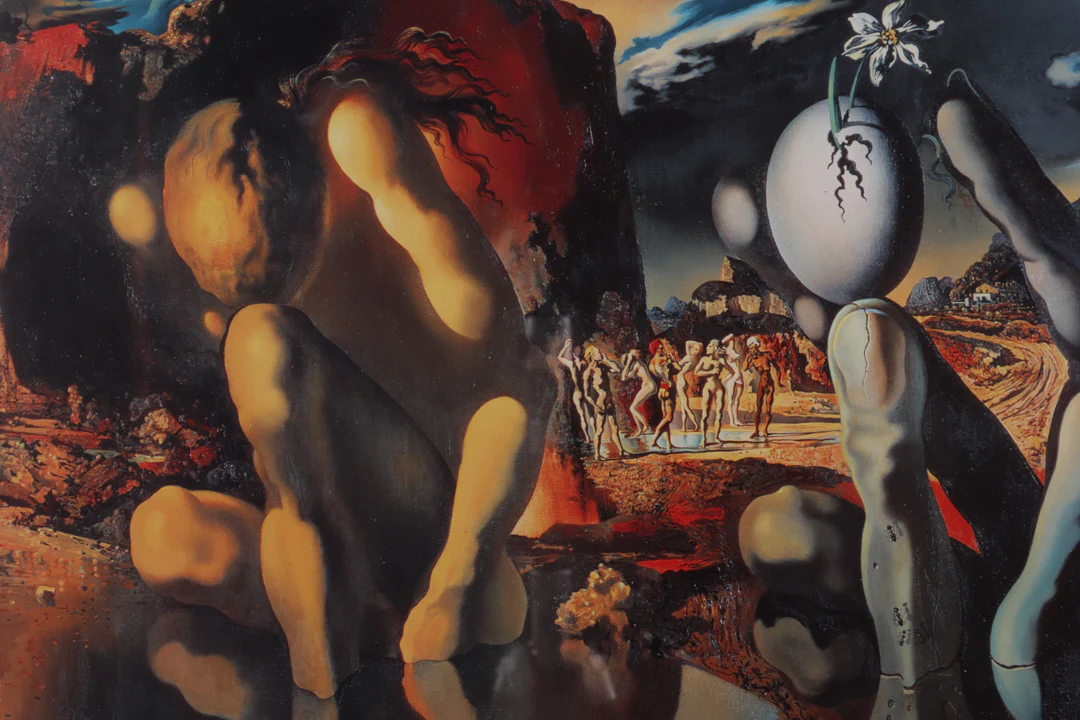
He wasn’t afraid to get weird in public, either. Dalí turned himself into a walking work of art, with a sharp mustache and even sharper quotes. But behind the flamboyance was a deep thinker using symbols—clocks, ants, eggs, crutches—to ask big questions about life, death, and identity.
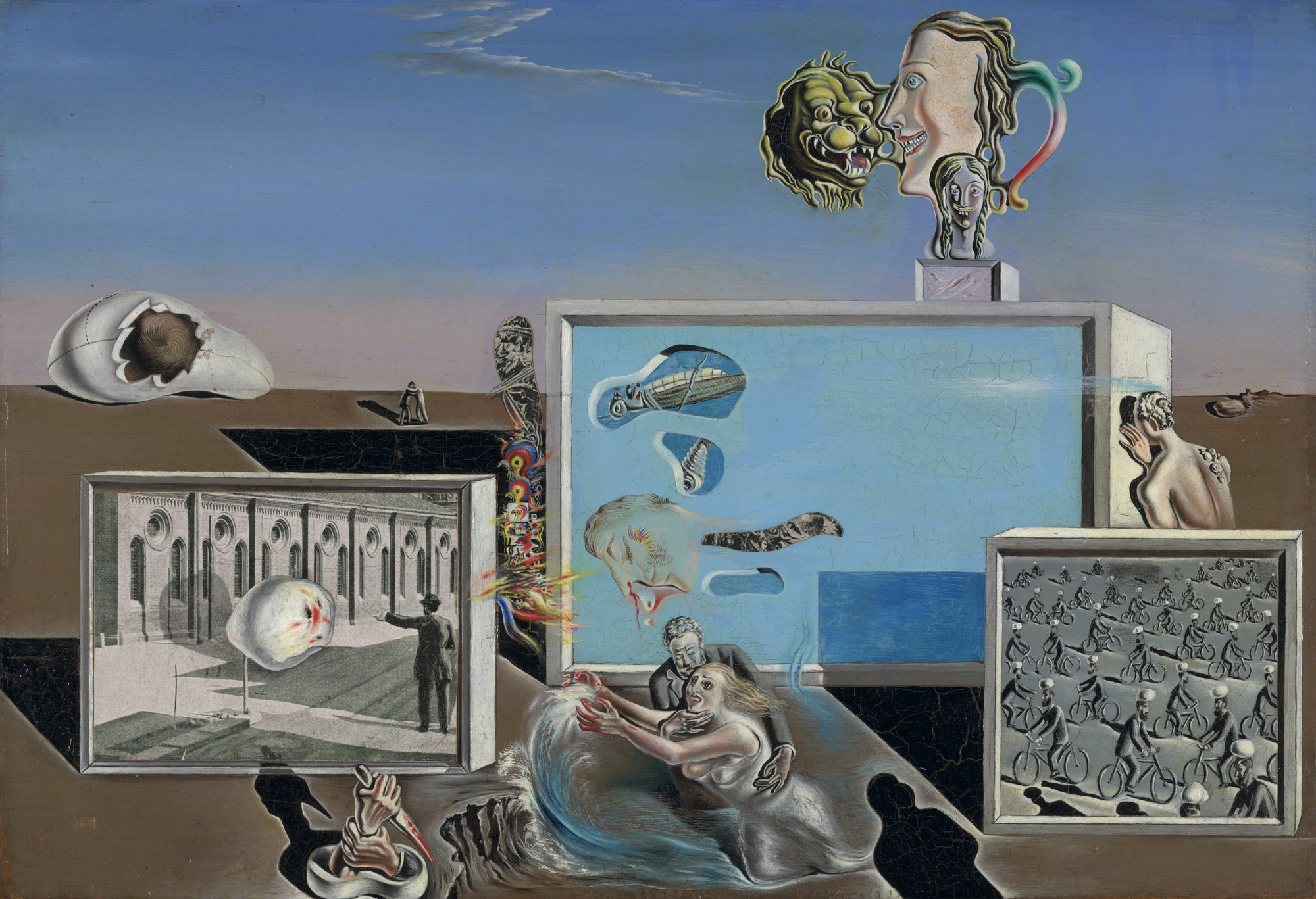
Dalí’s influence didn’t stop at the gallery. His surreal vision transformed everything from fashion and advertising to film and furniture design. He collaborated with filmmakers like Alfred Hitchcock and inspired modern icons from David Lynch to Lady Gaga. His work opened the door for future artists to get personal, get strange, and get real about what’s hiding in the subconscious.
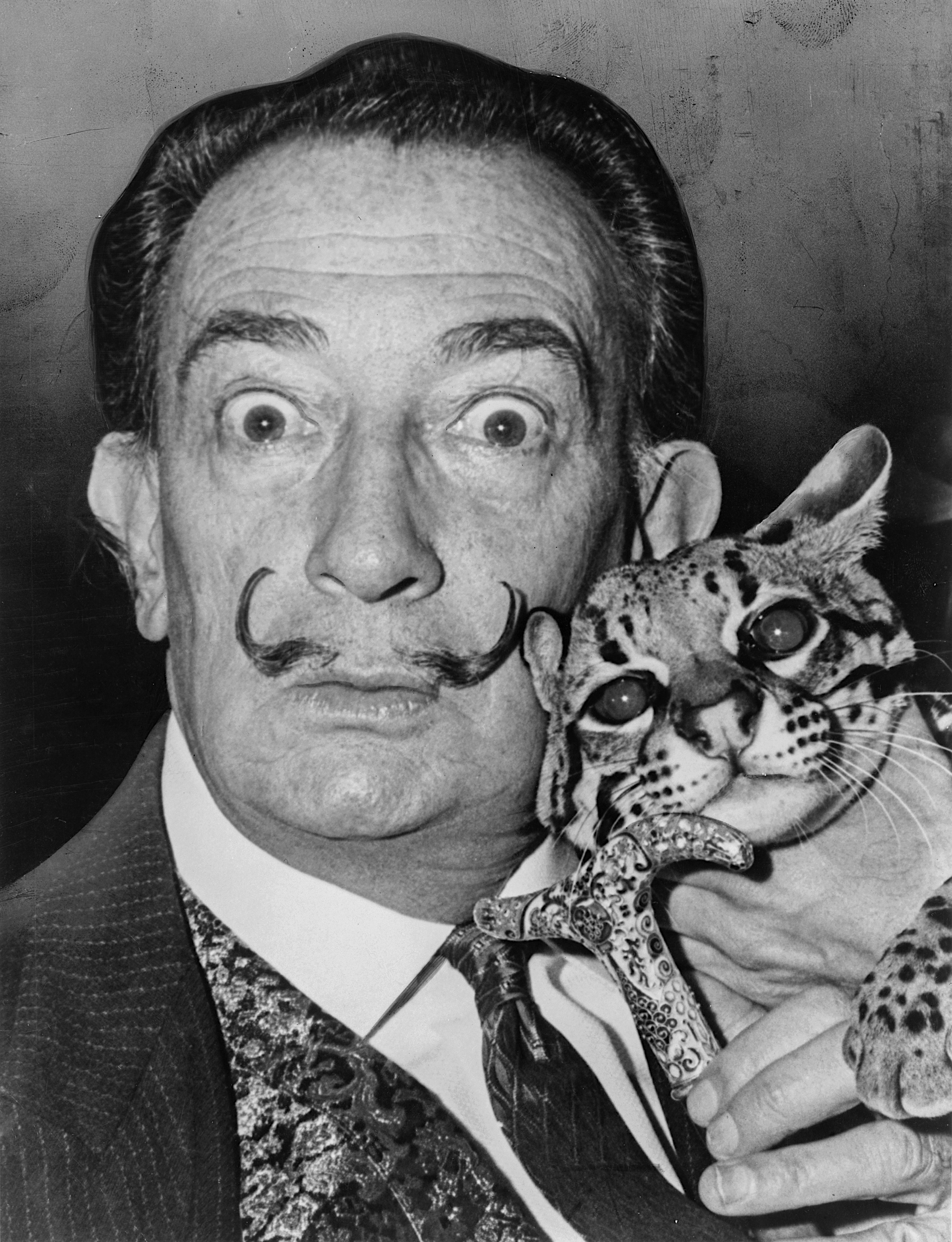
?
What does 'The Persistence of Memory' say about how we experience time?
How did Dalí use symbolism to express subconscious thoughts?
What is the paranoiac-critical method, and how did Dalí use it to create art?
Why do you think Dalí became a cultural icon beyond the art world?
How does Dalí’s work challenge traditional ideas of beauty and reality?
What do you see or feel when you look at Dalí’s surrealist paintings?
How has Dalí influenced artists in modern media like film, music, or fashion?
Dig Deeper
Salvador Dali's exploration of the depths of the subconscious mind in his paintings and his powerful images tapped into the fantasies, dreams, fears and hallucinations of entire generations, and he should be remembered as a consummate draughtsman, and a pioneer of Surrealism. An artist who made modern art popular and accessible.
Discover more

Frida Kahlo
Frida Kahlo taught the world that your story matters, even the painful parts. She turned pain into poetry. Her life and art remind us that vulnerability is strength, that identity is worth celebrating, and that the most powerful art often comes from the rawest places inside us.

Henri Matisse
Matisse showed us that creativity is about more than talent, it’s about courage. He wasn’t afraid to color outside the lines, break the rules, and start over when life demanded it. His art invites us to see the world as a place of bold beauty, deep feeling, and endless possibility.

Georgia O'Keeffe
O’Keeffe showed us that power doesn’t have to be loud. It can be soft like petals or silent like bones in the sand. She didn’t wait for permission, she created what she needed to see. Her art teaches us to trust our perspective and to fill the space in a beautiful way.
Further Reading
Stay curious!
